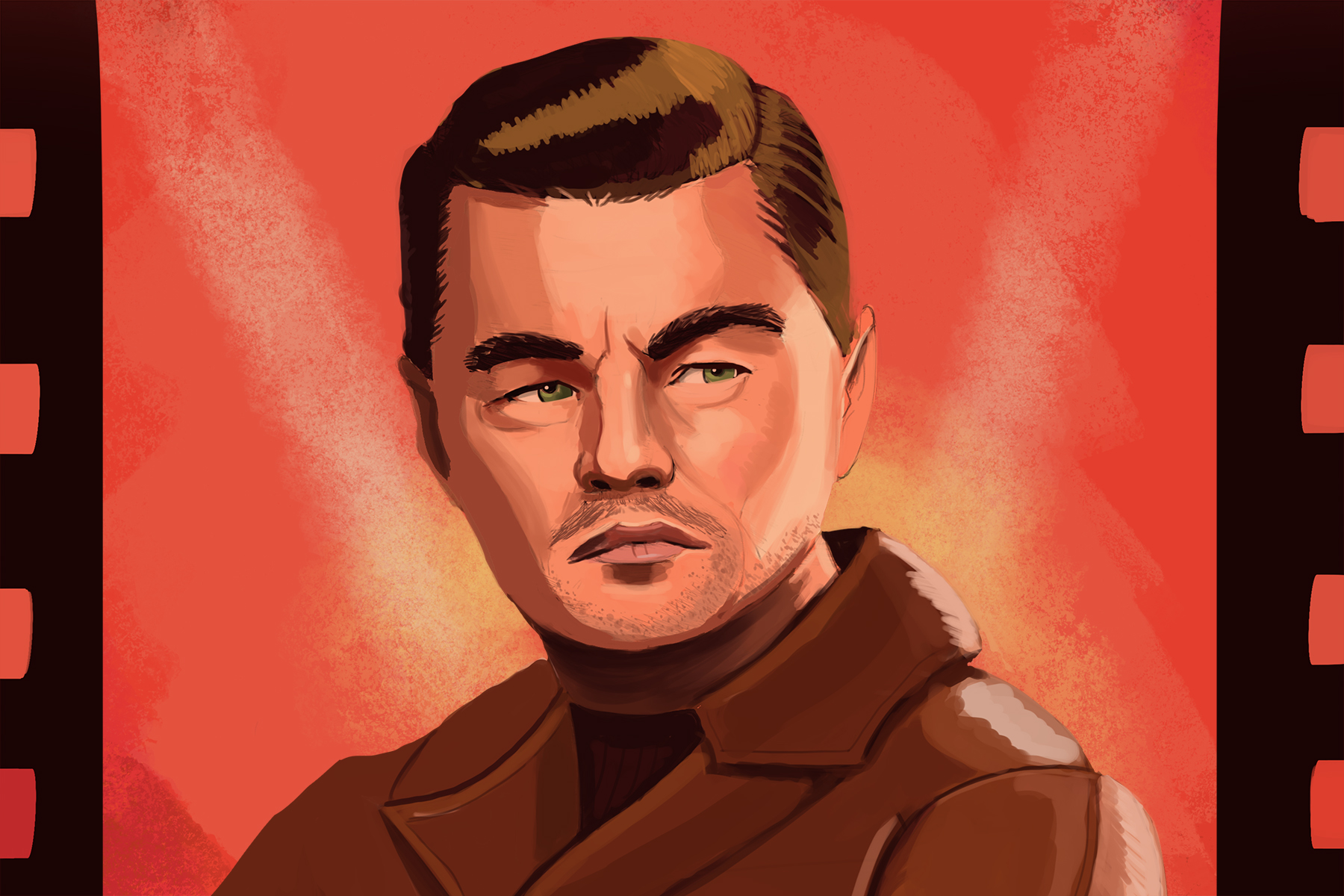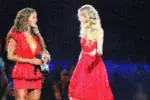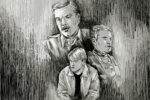The Golden Globes are wrapped up and the Academy Award nominees are in; where does that leave us? With a long list of great films nearly impossible to choose from, which ultimately must compete for the Oscar in each category. One of the more prominent films this year is Quentin Tarantino’s “Once Upon a Time… in Hollywood,” which has a stake in the best picture, acting (both lead and supporting), directing and writing categories, just to name a few.
Tarantino is coming off a four-year gap, having last worked on “The Hateful Eight” in 2015, but the writer-director hasn’t seen this many nominations since “Inglourious Basterds” in 2009. So, what makes his latest film, starring Leonardo DiCaprio and Brad Pitt, such a strong contender this year?
Once Upon a Time… it was an ordinary day
Set in 1969, “Once Upon a Time… in Hollywood” follows Rick Dalton, an old Western star who is past his prime, and Cliff Booth, his stunt double, as they navigate their lives and careers one unassuming February day. While Rick struggles to come to grips with the fact that he is on the downhill slope of his career, Cliff merely tries to get by, doing stunt roles with Rick when they arise but otherwise simply acting as his errand boy.
Meanwhile, we follow the day of rising star Sharon Tate, who happens to live right next door to Rick Dalton on Cielo Drive. True crime enthusiasts and those who lived through the ‘60s know that on Aug. 8, she will be murdered in that very house by members of the Manson family. At this point, there are spoilers ahead, so be warned.
Tate dances and grooves and enjoys life, and she spends her unexciting day running errands and stopping at the theatre to screen the new Dean Martin movie, “The Wrecking Crew,” which she stars in. Rick spends some time on-set of his latest flick — in which he plays nothing more than a cameo in a Western that doesn’t belong to him — all the while grappling with his ability as an actor. Cliff, then, finds his way to Spahn Ranch, where the Manson family lives.
The day is surprisingly anticlimactic, albeit not without drama. Rick has a moment on-set when he realizes he has proved his ability to himself and is ready to move on with his waning career. Cliff kicks the daylights out of a troublemaker at the ranch. And Sharon Tate gets to revel in the glory that is her life at this moment.
But then, the day is over, and nothing happens.
We flash forward seven months to the night of the murders. Rick and Cliff return from a summer-long spree of acting in spaghetti Westerns in Italy, Rick toting a new wife he brought back from overseas. When the four infamous Manson family members (Tex Watson, Susan Atkins, Linda Kasabian and Patricia Krenwinkel) show up that night on Cielo Drive, what we don’t expect to happen, does. Instead of committing the horrendous acts we know to have occurred, they cross paths with a liquored-up Rick Dalton who screams at them, wearing a robe and carrying a pitcher of margaritas. The murderers consequently decide to enact their plan on the Dalton household after realizing who he is, justifying their actions by cursing his career-long glorification of violence.
However, Cliff, who happened to be tripping on acid, comes to the rescue, siccing his dog on Tex while beating up on Atkins and Krenwinkel. Atkins ends up in Dalton’s pool, where a triumphant and angry Rick uses his flamethrower from his starring role in fictional World War II film “The 14 Fists of McCluskey” to incinerate the woman.
Cliff leaves the scene in an ambulance (but will survive), having been stabbed in the fight, while Rick is granted entry into the pearly gates housing Tate and her crew, who are ultimately saved from a fate they’ll never know about.
From One Era to the Next
As Joan Didion wrote, “Many people I know in Los Angeles believe that the Sixties ended abruptly on August 9, 1969.”
1969 is a monumental year for America because it bridges the large gap between post-WWII America and the political hellfire that was the 1970s. In “Once Upon a Time… in Hollywood,” we experience the two sides of the coin. On one end, we have Rick Dalton, who made his career playing a Western star, symbolic of the ideal American man. This symbol was worshipped in the 1950s and ‘60s, but as America began to shift politically, so did its values.
Counterculture and political unrest mark the other side, then, and this is where you would find the anti-war protesters, hippies, black militants and second-wave feminists, just to name a few. Interestingly, counterculture and politics take a huge backseat in a movie set during 1969; this is intentional because we experience it from the perspective of a man who has no interest in it.
Caught in between these two extremes is Cliff. On one hand, he is the literal version of the macho cowboy whom Dalton plays in the movies: a war veteran, handsome, rough and capable of violence. However, Booth oscillates between his hypermasculine façade and his own free spirit: he lives in a trailer, takes life one day at a time and takes extreme interest in the “hippie” girls hitchhiking in the street.
Thus, in a less obvious way, the film displays the conflict between the has-been America that is Rick Dalton and the changing world that is the counterculture.
An Unlikely Critique of Violence
But “Once Upon a Time… in Hollywood” also draws an eerie parallel between the Manson family and their opposition — namely, Rick and Cliff. Before committing their atrocious acts, the four killers vow to exact revenge on the rich Hollywood stars they grew up watching. Rick Dalton, whether playing gunslinging cowboy Jake Cahill or a Nazi-killing soldier with a flamethrower, played characters with extremely violent tendencies. Manson-devotee Atkins remarks, “My idea is to kill the people who taught us to kill.”
So, when the two forces meet inside Dalton’s house, we see they are not so dissimilar. Cliff, with his war experience, fighting capabilities and history of violence easily disarms the crew — and then some, leaving each one a bloodied, beaten pulp (while Dalton, of course, gets his time to shine with the flamethrower).
Of course, it is inarguable that the Manson crew was in the wrong and deserved what was coming to them, but are the so-called heroes of the world, those like Cliff and Rick, not implicated through their own perpetuation of violence? That’s the question Tarantino poses.
Overall, there is a lot to unpack in Tarantino’s ninth motion picture. Between its unorthodox approach to analyzing the ‘60s, its challenging and thought-provoking themes and Tarantino’s unwavering ability to construct original, interesting characters, “Once Upon a Time… in Hollywood” has a well-earned right to be up on the list with the other Oscar contenders this year.
















